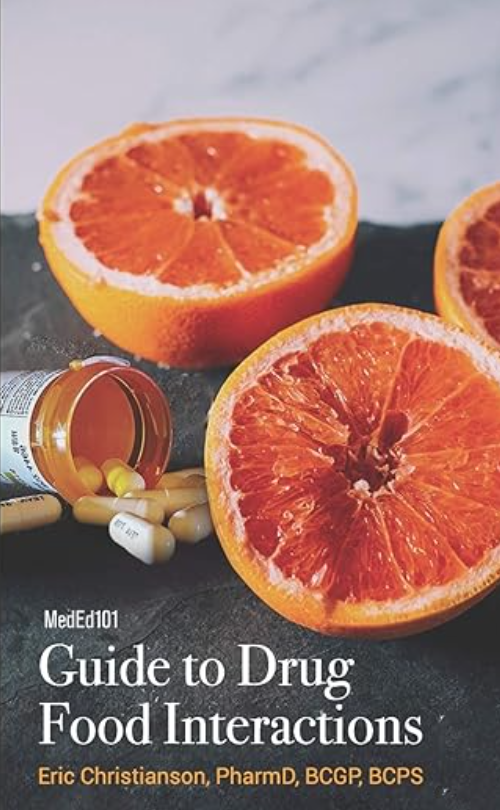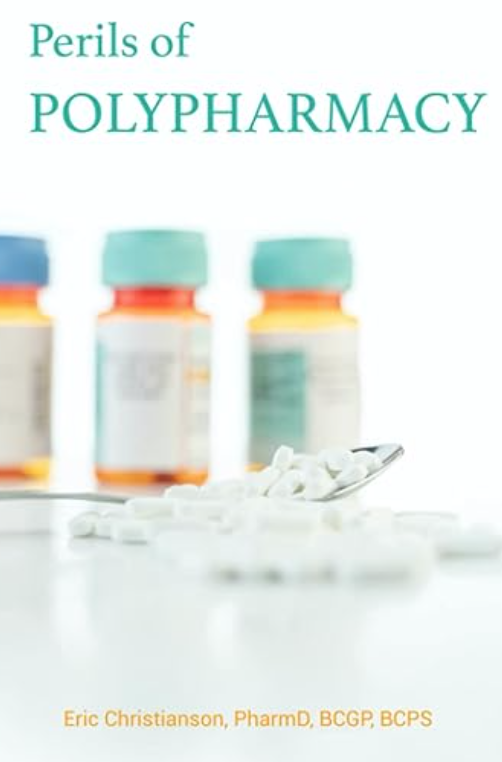As much as I would like to say I’ve never seen a patient have a pressure ulcer infection, I have. Pressure ulcer infections can be an issue in my geriatric population. There are numerous clinical pearls to remember in managing these types of infections. First and foremost, topical antibiotics are NOT appropriate for the treatment of skin and soft tissue infections in relation to pressure ulcers. They do not obtain adequate penetration to actively treat and eliminate the infection.
Pressure ulcer infections can be difficult to treat because they are what I would call a “messy” infection. It is important to remember that when a pressure ulcer infection develops in healthcare settings such as nursing homes, resistant bacteria will likely be a significant concern. Empiric therapy needs to cover many different organisms. Milder skin and soft tissue infections associated with pressure ulcers may be treated without inpatient and IV antibiotics. As you can imagine, we need to cover gram-positive and gram-negative bacteria when considering empiric therapy. Oral drugs with beta-lactam action such as Augmentin can be helpful to ensure that gram-positive bacteria are covered. We can cover gram-negative bacteria and MRSA by using medications like sulfamethoxazole/trimethoprim or doxycycline. These medications are usually added on top of Augmentin for empiric therapy. Even bigger guns like levofloxacin can be used in place of Augmentin if there is an allergy/intolerance or if there is concern for Pseudomonas.
For more severe infections or possibly even sepsis, IV therapy is going to be indicated. MRSA coverage with vancomycin or an alternative (i.e. daptomycin, linezolid) is likely essential. Significant gram-negative and anaerobic coverage is also important. Antipseudomonal coverage should also be considered. Antipseudomonal cephalosporins such as cefepime or ceftazidime to cover gram-negative organisms may be used in combination with our MRSA agent and an anaerobic agent like metronidazole. Quinolone antibiotics are an alternative option that carries antipseudomonal activity.
It is important to note that very severe pressure ulcers can lead to infections that involve the bone (osteomyelitis). In this case, biofilm may be a concern that needs to be addressed. As a pharmacist, I am definitely not trained to diagnose the difference between a skin and soft tissue infection of a pressure ulcer versus osteomyelitis but that should be identified by someone trained in infectious disease diagnostics. If osteomyelitis is diagnosed, this will usually cause a much longer course of antibiotics than a skin and soft tissue infection.
If there is a consideration for extended-spectrum beta-lactamases (ESBL), broad-spectrum penems such as meropenem or imipenem may be considered in combination with vancomycin.
Infectious disease specialists will often be involved in these complicated cases but I think it is important to note what bacteria we need to cover and antibiotics’ spectrum of coverage. If you are looking for more information on any of these agents, don’t hesitate to check out these podcasts:
- 30 medication mistakes PDF
- 18+ Page Drug Interaction PDF
- 10 Commandments of Polypharmacy Webinar based on my experiences in clinical practice









Excellent
I’ve seen acetic acid or Dakins soaks or rinses for wounds (not specifically pressure wounds). When are these appropriate?
Also, a little pearl I have learned: many acetic acid irrigation bottles are SINGLE use. They’re big enough to use multiple times, so nurses often don’t throw away the remaining liquid.